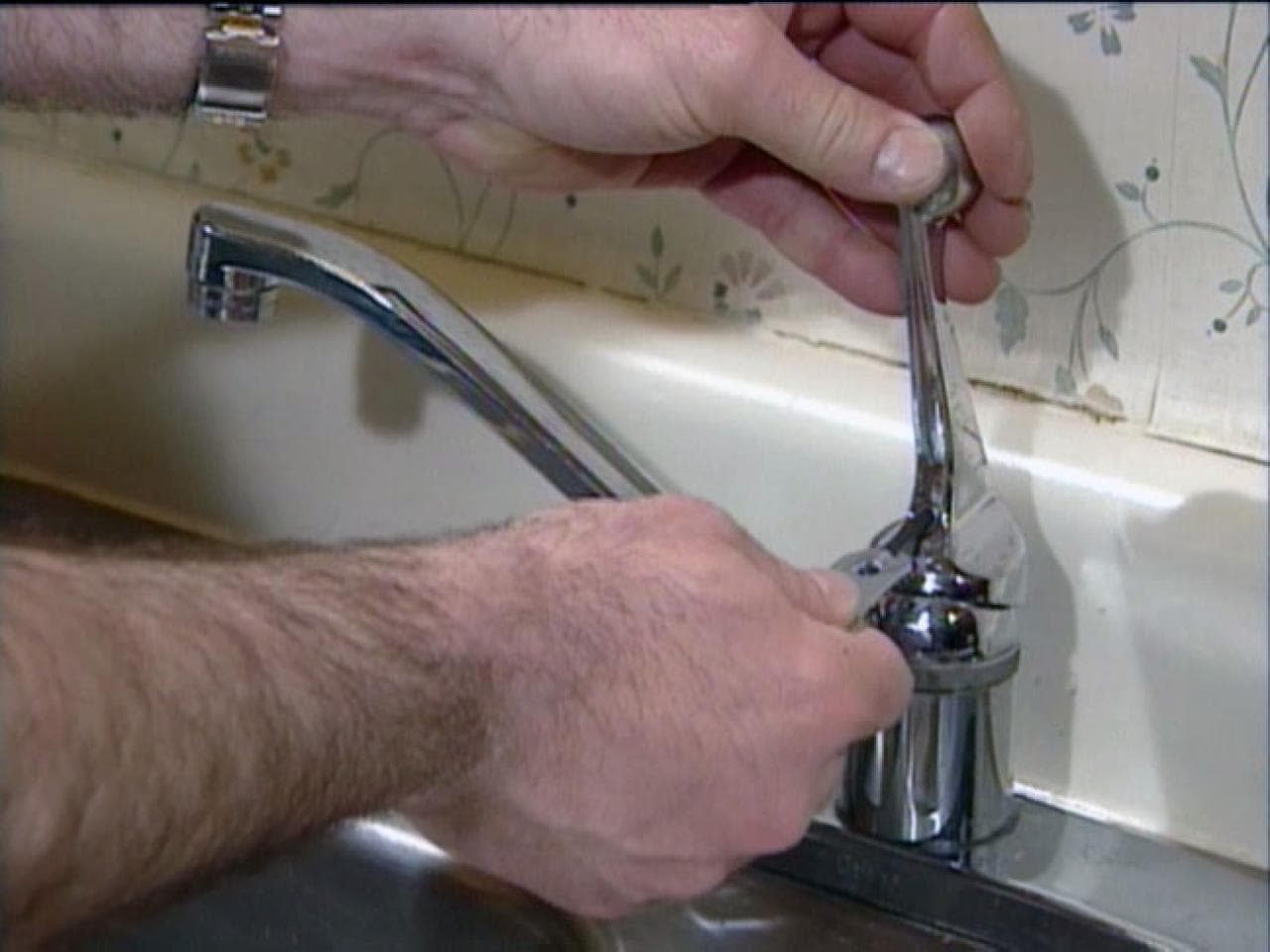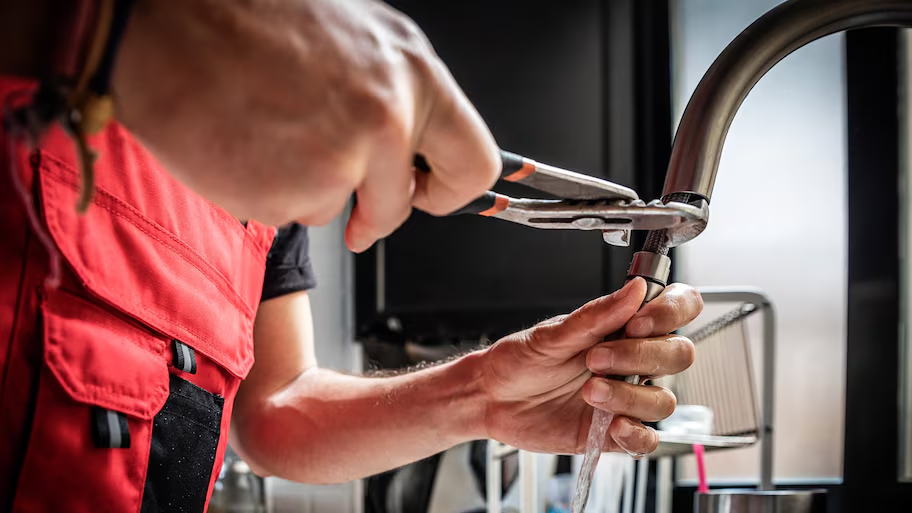Why It's Essential to Mend a Leaking Faucet
Why It's Essential to Mend a Leaking Faucet
Blog Article
We have noticed this post about Why It's Important to Fix Leaky Faucets listed below on the net and think it made good sense to share it with you on my blog.

Trickling taps could appear like a small trouble, but their effect exceeds just the aggravation of the audio. From wasting water to sustaining unnecessary monetary expenses and wellness threats, overlooking a dripping tap can result in different repercussions. In this article, we'll look into why it's important to resolve this usual family concern promptly and effectively.
Wastefulness of Water
Ecological Effect
Dripping taps add substantially to water wastefulness. According to the Epa (EPA), a solitary tap trickling at one drip per secondly can lose more than 3,000 gallons of water per year. This not just pressures water sources but additionally influences communities and wildlife depending on them.
Step-by-Step Overview to Dealing With a Dripping Faucet
Tools Needed
Before attempting to fix a leaking faucet, collect the required tools, consisting of an adjustable wrench, screwdrivers, substitute components (such as washing machines or cartridges), and plumber's tape.
Typical Faucet Issues and Their Solutions
Recognize the sort of faucet and the details concern triggering the drip. Typical problems consist of worn-out washers, rusty valve seats, or faulty O-rings. Describe maker directions or on the internet tutorials for detailed assistance on repairs.
Financial Expenses
Raised Water Bills
Beyond the ecological impact, trickling faucets can inflate water costs significantly. The accumulated wastage gradually translates right into higher energy expenditures, which could have been stayed clear of with timely fixings.
Prospective Residential Or Commercial Property Damages
Furthermore, long term leaking can bring about damage to fixtures and surface areas bordering the tap. Water build-up can create staining, corrosion, and also structural issues if left neglected, leading to extra repair prices.
Health Issues
Mold And Mildew and Mold Development
The consistent existence of dampness from a leaking faucet develops an ideal setting for mold and mildew development. These fungis not just endanger interior air top quality but likewise present wellness risks, particularly for individuals with breathing conditions or allergies.
Waterborne Illness
Stationary water in trickling taps can end up being a breeding place for microorganisms and various other microorganisms, boosting the danger of waterborne illness. Impurities such as Legionella microorganisms prosper in stagnant water, potentially leading to serious illnesses when consumed or breathed in.
Do it yourself vs. Specialist Repair
Advantages and disadvantages of Do It Yourself Fixing
While some may attempt to fix a trickling tap themselves, do it yourself repair work come with their own set of difficulties. Without correct expertise and devices, do it yourself efforts can intensify the issue or bring about incomplete repairs, prolonging the trouble.
Benefits of Employing an Expert Plumber
Working with a professional plumber guarantees that the underlying reason for the leaking tap is attended to properly. Plumbings have the competence and tools to diagnose and repair faucet concerns efficiently, saving time and decreasing the danger of more damages.
Ecological Obligation
Specific Payment to Conservation
Taking duty for fixing trickling faucets lines up with wider initiatives towards water preservation and environmental sustainability. Every person's actions collectively make a considerable effect on maintaining valuable resources.
Lasting Living Practices
By prioritizing timely fixings and taking on water-saving routines, individuals add to sustainable living practices that benefit both present and future generations.
Safety nets
Normal Maintenance Tips
To avoid leaking taps, perform routine maintenance such as cleaning up aerators, evaluating for leakages, and replacing worn-out parts quickly. In addition, consider installing water-saving tools or updating to a lot more effective fixtures.
Importance of Prompt Services
Dealing with dripping faucets as quickly as they're seen protects against further water wastage and possible damages, ultimately conserving both water and cash over time.
Influence On Residential Or Commercial Property Value
Understanding of Well-Maintained Building
Keeping a residential or commercial property in good condition, including addressing maintenance concerns like leaking faucets, enhances its perceived worth and value among potential customers or lessees.
Impact on Resale Value
Characteristics with well-maintained plumbing components, consisting of faucets, command greater resale values in the real estate market. Addressing trickling faucets can add to a positive impression throughout home evaluations and negotiations.
Verdict
Dealing with a dripping tap goes beyond plain comfort; it's a vital step toward preserving water, decreasing financial costs, and securing wellness and residential or commercial property. Whether via do it yourself repair services or professional help, doing something about it to take care of dripping faucets is a tiny yet impactful method to advertise responsible stewardship of sources and contribute to a healthier, more sustainable future.
How to Fix a Dripping or Leaky Faucet
A leaking faucet is one of the most common problems that homeowners encounter, but it being commonplace doesn’t make it any less annoying. The constant drip drip drip of a leaking bathtub faucet, showerhead, or sink tap can disturb your home’s serenity. Left neglected, a dripping faucet can also result in higher water bills and discoloration or mold growth in your sink or plumbing fixtures.
Fortunately, you don’t have to be a trained plumber to know how to stop a dripping faucet. With some basic tools, replacement parts, and a little patience, leaky faucet repair is a breeze. In this article, we’ll explain what causes dripping faucets and how you can fix them.
What Causes a Leaking Faucet?
Kitchen and bathroom faucets come in all manner of designs, but most involve some combination of valves, O-rings, seals, and washers. The O-ring is usually the weakest link, but any one of these pieces can wear down over time. Heat, moisture, temperature fluctuations, minerals, mold, and movement can contribute to warping and corrosion, breaking the watertight seal. This just comes with the territory of being a homeowner. Everything is always subject to wear and tear, and some component parts of your appliances and fixtures need to be replaced on occasion. At least replacement O-rings are cheap!
More rarely, dripping faucets can be a symptom of excessively high water pressure. Were this the case in your home, you would probably notice that the leak is not isolated to one faucet. Water pressure issues are harder to resolve on your own. We recommend contacting a professional plumber if you suspect your water pressure is too high.
How to Fix a Dripping Faucet
Pipe wrench or monkey wrench Allen wrench set Screwdrivers Old towel or rag Shut off the water.
Before you do anything, you need to turn off the water to keep from drenching your kitchen or bathroom. You should find a valve under the sink and against the wall. Once you’ve turned this valve, try turning the faucet on to confirm that the water source has been cut off.
If you can’t locate your local valve for the faucet you’re working on, you can always shut off the water to the house at the main valve. Of course, this will prohibit anyone from using the sinks, showers, or toilets while you’re working on the faucet that’s giving you trouble.
Plug or block the drain.
You’ll be disassembling the faucet and removing some small bits of hardware. Plug the drain with a stopper or rag to avoid the possibility of a small screw falling into your P-trap.
Take apart the faucet assembly.
There are several varieties of kitchen and bathroom faucets, each with its own manner of assembly. For detailed instructions on how to disassemble your faucet, you can refer to the fixture’s manual or contact the manufacturer. If you know whether you have a ball, disc, cartridge, or compression faucet, you can find detailed schematics online.
In general, you need to begin by removing the faucet handles. You might notice a small screw that you’ll need to remove with a screwdriver or Allen wrench. If you don’t see any visible securing hardware, it’s likely hidden under a decorative cap that can be unscrewed or popped off with flathead screwdriver.
Remove each piece methodically, consulting a schematic when necessary. Take notes or arrange the pieces in such a way to make it easier to correctly reassemble the faucet later.
Remove the cartridge.
Once you’ve removed the handles and securing hardware, you should be able to remove the valve cartridge or stem. Some cartridges will slide right out. Other faucet models will require you to loosen a nut with a pipe wrench before you can remove the valve stem.
Examine the exposed hardware.
With the cartridge or stem removed, inspect the component parts. Check the rubber O-rings for wear and tear. Also examine the seat washer for corrosion or other damage. These pieces are usually the responsible parties for a dripping faucet, but it’s worth inspecting the other component parts while you have the faucet disassembled.
Find replacement parts.
Once you’ve identified which faucet component has failed, find an identical replacement. Your local hardware store should have O-rings, seat washers, and other standard components in stock. If you have a luxury or uncommon faucet, you may have to contact the manufacturer for a replacement part.
It’s a good idea to take your old parts with you to the hardware store so you can compare them with the store’s inventory and be sure you’re purchasing the correct replacement.
Reassemble the faucet.
With your new parts in hand, reconstruct the faucet and handles. Don’t be tempted to overtighten screws or nuts. You might think this could create a better seal, but it can instead damage or bend a delicate part of the assembly and create a new problem for you.
Turn on the water and test the faucet.
The only thing left to do is test your work. Unplug the sink, turn the water back on, and try the faucet. Congratulate yourself on a job well done!
https://www.libertyhomeguard.com/how-to-fix-a-dripping-or-leaky-faucet/

Hopefully you enjoyed our article about 4 Common Reasons for a Leaky Faucet. Thanks a ton for taking the time to read our piece. Sharing is caring. Helping people is fun. I treasure reading our article about Why It's Important to Fix Leaky Faucets.
Report this page